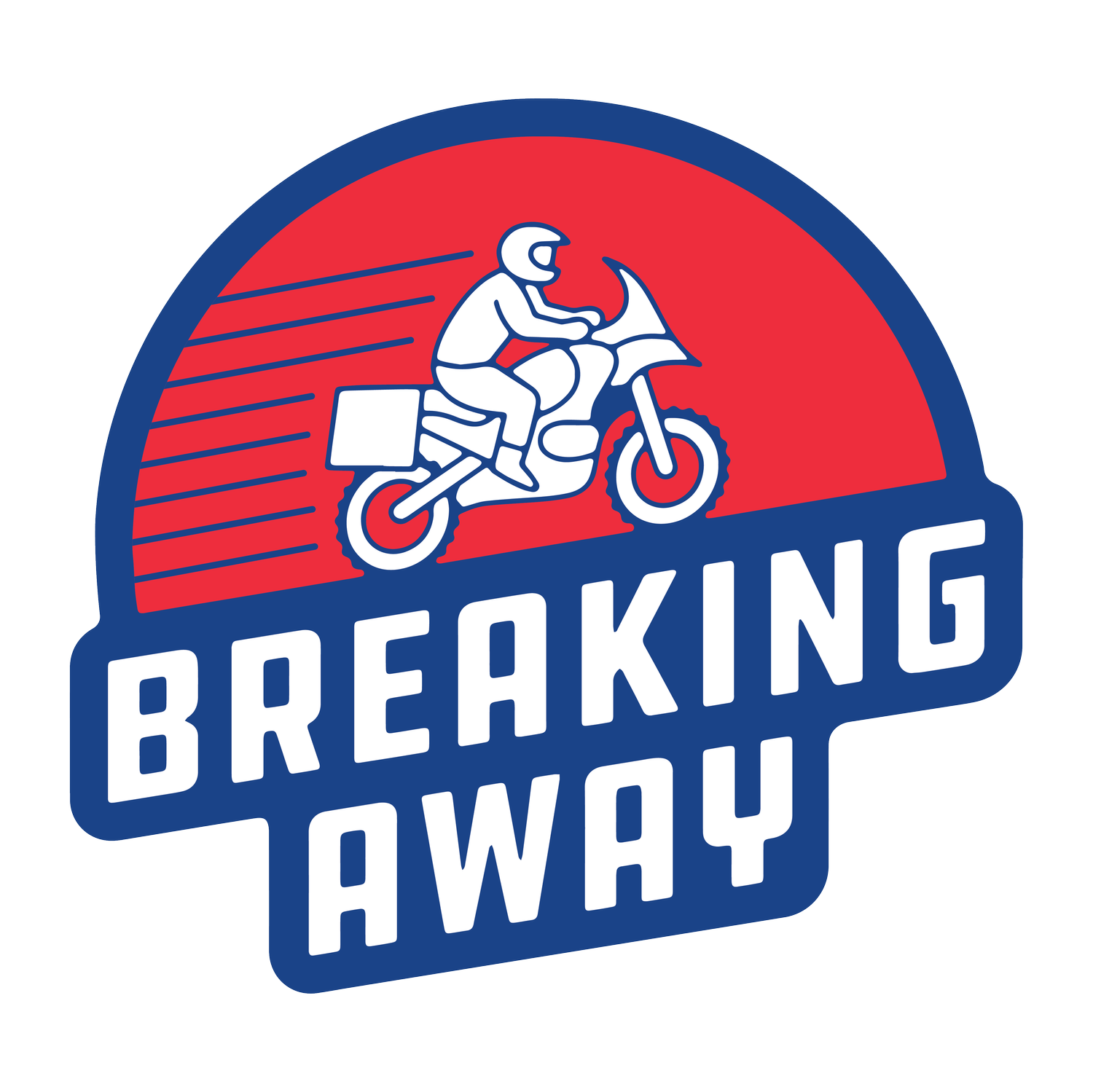Packing & Planning
Know your route and prepare for extreme weather. Use one pannier or box for riding gear, the other for camping essentials. If you’re using a third, try to leave it mostly empty—you’ll want space for the extras you pick up along the way.
Pro Tip: Outerwear can be bulky and heavy. Layering is essential, but it also has its drawbacks. Heated motorcycle gear might cost more up front, but it pays off in comfort, control, and focus—especially when conditions get rough. Invest wisely, ride longer.
Additional Storage
In addition to tools, it’s smart to keep a few essentials in your tank bag or tail bag for easy access during daily rides. Think snacks, water, gum, sunscreen, chapstick, maps, chargers, earplugs, sunglasses, extra gloves, and a spare layer or two—these small comforts can make a big difference on tour.
Pro Tip: Keep your setup lean. The lighter your load, the more comfortable and efficient your ride will be.
Tools + Motorcycle Needs
Skipping bike maintenance before a big trip can lead to breakdowns that derail the entire adventure. For everyone’s safety and sanity, make sure your bike is road-ready before the journey begins.
Pack the basics: a compact tool kit, a tire repair kit, and know how to use both. Pre-ride inspections using the T-CLOCS method are highly recommended and can catch problems before they leave you stranded.
Pro Tip: Get AAA Premier coverage—it’s one of the only plans that includes motorcycle towing and accident support.
Motorcycle Camping
Camping off a motorcycle is one of the purest forms of adventure. There’s nothing like taking your bike into the mountains and living simply with what you can carry.
How you pack matters. Whether it’s panniers, saddlebags, or a duffel strapped to your seat, your luggage setup determines what you can bring. Riding with friends? Coordinate gear and split up camp duties—especially cooking.
Pro Tip: Always carry a Garmin InReach or similar satellite communicator. When you’re off the grid, it’s your lifeline.
HEAD
Most of us started out with a “brain bucket” or maybe no helmet at all—but by now, we hope you’ve upgraded. For all Breaking Away adventures, a DOT-certified helmet is the minimum requirement. We recommend ¾ or full-face helmets, and always encourage gear choices that align with the laws of the states we ride through.
Pro Tip: Modular helmets offer great versatility, but they’re often a bit heavier—which can affect comfort on long days. Break in your helmet before any extended ride; wear it around the house or on short trips. If it hurts, it doesn’t fit.
SHOULDERS
Let’s be real—motorcycle gear isn’t cheap. But if you’re committed to riding, it doesn’t take long to realize that investing in quality gear saves money (and skin) in the long run. A solid all-season riding jacket is essential and far more cost-effective than trying to buy one for every climate. Look for Gore-Tex or comparable materials, ideally with solid ventilation for hot days and waterproofing for wet ones.
Pro Tip: If touring is your thing, invest in a two-piece suit. The versatility is invaluable across all climates, and it adds layers of protection and warmth. Skip the frustration of waterproof liners and inserts—they’re usually more hassle than help.
KNEES
The most common choice among riders? Good ol’ denim jeans. At Breaking Away, we encourage ATGATT—All The Gear, All The Time—but we’re not here to judge your Levis. That said, jeans offer very little real protection. When off-road, think carefully about relying only on built-in pads. In my experience, they don't provide the support that basic velcro strap-on pads do.
And don’t forget—denim is still cotton. It tears easily, and so does your skin.
Pro Tip: Wet pants are miserable. If your gear isn’t waterproof, bring layers or rain gear you can quickly throw on when the skies open up.
TOES
Proper footwear is more than a style choice—it’s critical to your safety. While we won’t knock your sense of fashion, we are serious about protecting your ankles and feet. Ankle injuries are some of the most common in motorcycling—and many are preventable with the right boots.
Look for features like steel toes, ankle bone protection, and limited lateral movement (meaning the boot resists side-to-side twisting around the ankle). That resistance is what helps prevent common injuries to the ankle, foot, and lower leg.
Pro Tip: Try before you buy. Boots should feel right—not just look right. Visit a local shop, ask questions, and get professional guidance to find the pair that fits your foot, your bike, and your ride style.
(And Gloves)
Your hands are one of the first things to hit the ground in a fall—don’t leave them exposed. Gloves are mandatory on all Breaking Away rides, and we strongly recommend full-fingered gloves with proper knuckle protection.
Carry at least two pairs: a lightweight, breathable set for warm days and a waterproof or insulated pair for colder, wetter conditions. Comfort matters too—your gloves should fit snugly but not restrict movement or blood flow.
Pro Tip: Try your gloves on with your jacket sleeves before a trip. It’s a small thing, but the right fit combo can save you a lot of frustration on the trail.

